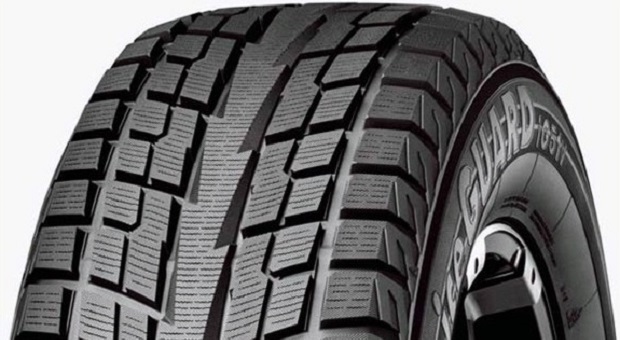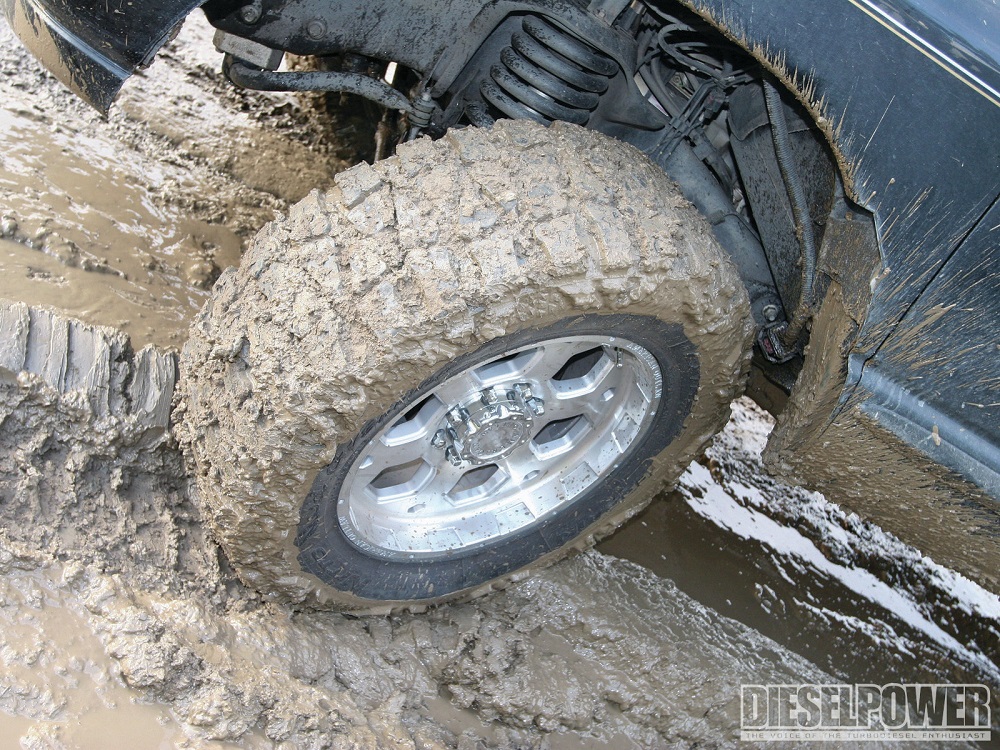
When it comes to the world of off-roading, there are a few things the layman will point out to define an off-road vehicle. The very first will always be the wheels and tires. Today, we’ll explore that subject and introduce the amazing world of the sands, rocks and hazardous terrain that racers take on to claim the Baja, Johnson Valley and even Crandon. Keep in mind that these articles will only be an introduction and a brief explanation of the topics at hand. Fully featured articles on each subject will come at later dates, but for now we’ll give you the gist of each one.

First, let’s talk about that rubber that meets the trail. Just as for asphalt drivers, tires are an important part of the package when racing or crawling. However, unlike on asphalt, these guys will run a treaded tire designed to claw away at the dirt or grip against a boulder. The tires will have some similar compounds, though, as a soft tire still provides more traction. Many lower tier grassroots classes in off-road racing will even enforce a DOT rule much like the road racers across the world encounter. This means the tires you see on those racers are the exact same ones you can buy off the shelf of your local tire store. Ultra4 does it in the Modified, Stock, and Legends classes; The Off Road Championships (TORC) and the Lucas Oil Off Road Racing Series (LOORRS) do it in the Pro-Light class and most regional classes; Best in the Desert (BITD) requires it in Class 1200 Factory Stock; and many more also require it.

There is no truly perfect tire for every off-road situation. Yes, the “All Terrain” does exist, but it’s a compromise and best for those just looking to get most anywhere while still retaining some highway comfort. If you want the best experience, you need a tire designed for the terrain you’re running. For the open desert, you want a tire that isn’t going to easily shred its sidewall if it glances against a sharp rock or woody debris as you drive at speeds over 90 mph. It does need to be able to dig and claw its way through silt, so lugs that “self-clean” by ejecting dirt and rocks are what you want. You’ll want a tire like that if you happen to be one of those guys doing a TORC regional or Pro Light, but you have another advantage we’ll get to in a moment. For those crawlers, you want a soft compound tire that also features lugs which extend over the sidewall for maximum bite to get on and around the boulders you encounter. It also needs to have some flex and give to increase the chances it will have on keeping grip on those slick rocks, too.

We mentioned that short course Pro-Light drivers have another advantage, and that is grooving and siping a tire. You dirt oval guys know exactly what we mean by that, but for those who don’t, it’s cutting out parts of the tread to create grooves along the circumference of the tire, and the sipes go against the circumference. This allows a team to alter the pattern of the DOT tire to create more ways for the dirt or mud to eject itself, provide grip as the drivers slide into the corners and help with some tire cooling on drier tracks. You’ll also see this done in Pro2, Pro4, and in the open classes of certain off-road racing series because they allow “project tires.” These tires are a non-DOT tire and have square blocks for tread, but they don’t stay that way. This ruling allows teams to create a tire pattern that gives a driver perfect grip, or as near it as possible, for each track and race. You may see a team on a lower budget reuse a project tire, but most often a project is single use only.

Wheels are similar across the board for nearly every off-roader. The difference comes in weight, and that’s from the materials used. A budget rock crawler can get away with a steel tire with a beadlock ring, the ring you see with bolts going around it on the wheels. A beadlock works the same way for all wheels and is designed to keep the bead of the tire on the rim at low pressures. You normally only see a beadlock on the outside of the wheels, because that’s where the most stress is placed on the bead during a turn. This isn’t helped due to the design of wheels for mounting tires, too. On the inside of your wheel are several bumps; the first two are a safety bead for the tire bead and a larger depression that allows the inner bead to pass through easily for mounting before it hits the third hump, the inner safety bead for the inner tire bead. The outer bead usually slips off that safety bead and falls into the larger depression, while the inner bead has more wheel surface to stay on even past the safety bead.

Double beadlock wheels do exist, and the Rock Monster made by Hutchinson is a great example. That wheel comes in three parts: the barrel, a hard rubber beadlocker and the wheel face. The wheel face squeezes that beadlocker between the barrel and itself, locking in both inner and outer tire beads. This makes maintenance of the beadlocker easier than a traditional style of double beadlocker, which has a ring on the inside and outside of the wheel – one set of nuts to tighten instead of two sets of bolts on a fendered rig. That said, if you have an open wheel rig, it’s not so bad.

Some thing you really do have to consider when it comes to competition is wheel weight. Some of that can and will be mitigated just by the tire’s own weight, but a project tire is going to be lighter than the typical DOT tire of the same size, or sometimes even larger. A steel wheel, while stronger, will be far heavier than even a cast aluminum wheel with a steel beadlocker. The best of all would be full forged wheel with a forged beadlocker – and yes, those too do exist. They are for the seriously hardcore who really don’t have to worry about budget, but they provide the lightest, toughest wheel that can be made which isn’t an exotic material like carbon fiber. A good budget competition wheel would be a cast wheel barrel with a forged aluminum beadlocker. There are a few companies which do that, with Method Race Wheels being one of the leaders of the cast aluminum wheel with forged aluminum beadlocker. KMC, Fuel Off-Road Wheels, Walker Evans Racing and Raceline all make cast aluminum beadlocker wheels that have a proven race record.

So, when it comes to tires, there is no perfect tire for off-road – only a compromise or a tire that is dead specific for what you need. However, wheels offer a little more wiggle room and have something for everyone, so long as you don’t need the lightest and strongest. It, if you pardon the pun, breaks the mold of equipment that is specific for your off-road needs. Now, keep in mind we’ve really glossed over wheel and tires, especially wheels. We’ll have more on those in more in-depth articles soon, though, so hang tight. Just keep in mind that finding the perfect wheel and tire for your off-road needs is something that needs research and consideration, just like it does on the asphalt.
Click to view slideshow.